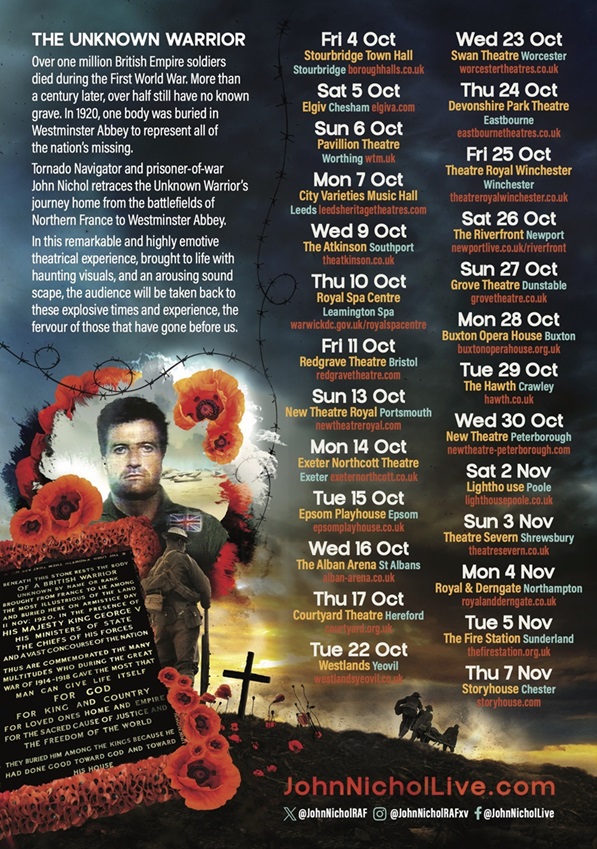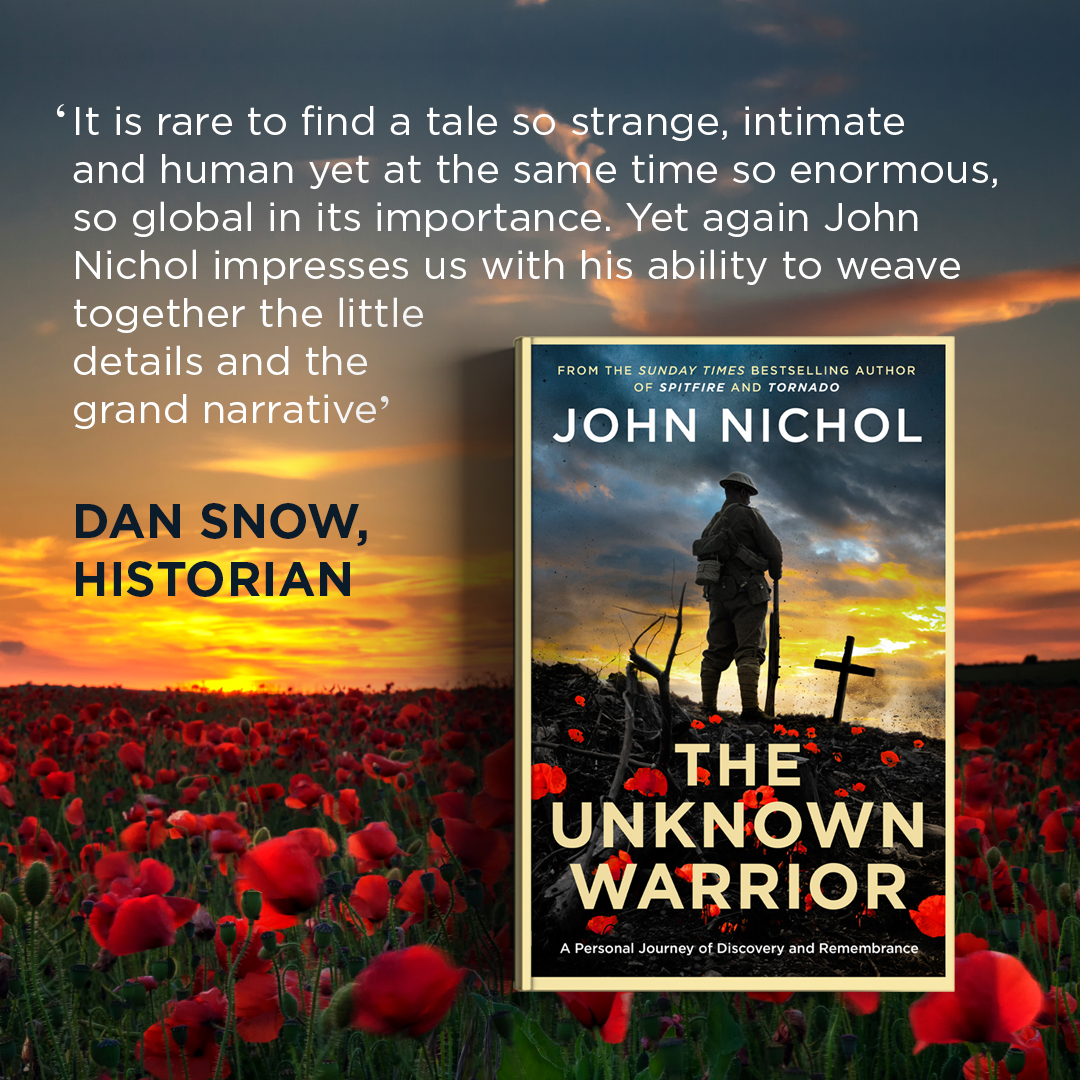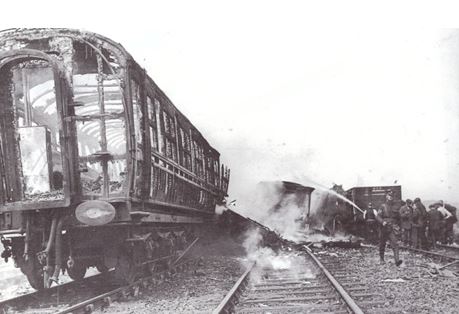If you do not already receive emails from Ralph/Eric about Branch meetings (
October 2024 Lanc’s & Cheshire Branch WFA update
The next meeting takes place at The Armoury, Greek Street, Stockport on Friday 11th October. The meeting commences at 7.45pm gates open from 7pm. The admission price is £4.
The Speaker tonight is Tony Bolton who will be talking about:
Strategy’ From Business as Usual to Just Sticking it out, the development of British strategy throughout the war.
====================================
The WFA is again paying traveling expenses for any member who wishes to attend the Remembrance Service at the London Cenotaph on Monday 11th November. Several members have attended the ceremony in recent years and laid a wreath on behalf of the branch. It would be good to maintain this tribute.
David Brown, as well as managing our web page landcwfa.org.uk If you are on your travels and come across any interesting WW1 memorials, ephemera or just something interesting why not take a picture and send it to me or Dave to be place it on our web page or place tit yourself on the Facebook page
https://www.facebook.com/36UlsterD/posts/pfbid0ggLQ5Eds5aoKrrDTNkj6AC5vYPsDfMg9h9BUtp22vpwidwsrsVKCaueyPG25V3Hbl?notif_id=1720359503064671¬if_t=feedback_reaction_generic&ref=notif
Some talks which maybe of interest to members.
John Nicol The Unknown Warrior (nearest venue Buxton 28th October)
Though not WW1 The North Staffs branch are hosting a talk about the Evacuation of Kabul in 2021
Additional Branch Talk Monday 21 October 2024 at 1900hrs – Major Steve White MBE
Operation Pitting: The British Military Evacuation, Kabul, Afghanistan, August 2021
The branch has a unique opportunity to host a talk on the above operation which albeit outside our usual sphere of interest will no doubt be of great interest to many.
In August 2021, British military personnel deployed to Afghanistan as part of a multinational operation code-named Operation Pitting. Their mission was to evacuate British and eligible Afghan nationals from Kabul via its international airport, this following a rapid military offensive by a resurgent Taliban who had effectively taken over the country
Venue: Congregational Church, King Street,
Newcastle-Under-Lyme, Staffs, ST5 1EJ.
Doors open 6.30pm – meeting 7.00pm until 9.00pm
Suggested donation £5.00 per visitor.
Free raffle entry offered to all visitors.
Several members attended the unveiling ceremony of a new sculpture in memory of the Accrington Pals on the 21st September.
Another group went at the invitation of Stephen Roberts our August speaker to have guided tour around the memorials of West Kirby and Hoylake on the 28th September. A very informative and enjoyable day was spent in the area.
The Cheshire Villages in the Great War are having an exhibition in Weaverham .Saturday 19th October at , Lighthouse, St Mary's Church, Church Lane, Weaverham. CW8 3NJ. Free Admission.
Future Talks
8th November Ray Withnall
The Commonwealth Graves Commission : The working of the Commission at national/international and local level.
6th December Ann BuckleySkipton – Tsingtao The greatest ever POW escape ever!
10th January 2025 Niall Cherry
Loos 1915
14th February 2025
Chairmans Night
******************************************************************
Because of the kind contribution of many members of the Western Front Association, Ralph Lomas, the Bulletin editor, has suggested I contact the various WFA branch chairmen to pass on details about my new book and associated nationwide theatre tour. Full details are below, but if you are interested, I'd like to send you a complimentary signed copy of the book which you might want to use in a raffle or the like? If so, do let me have the best address.
And if you would consider distributing this book/tour information around your branch, I'd certainly be most grateful!
THE UNKNOWN WARRIOR – A Personal Journey of Discovery and Remembrance is published on the 26th September and accompanied by John's nationwide theatre show (from the 4th October) where the story will be brought to life with haunting visuals and an arousing sound scape. Full details and theatre venue/tickets available at: www.JohnNicholLive.com
In an emotional quest, the RAF veteran and Gulf War prisoner-of-war's new book explores the Unknown Warrior’s journey from the First World War battlefields to his final resting place in Westminster Abbey. Shining light on the 100-year-old story, John interviews relatives of those involved, and seeks out modern experts in battlefield trauma, recovery of the dead, and the complexities of organising grand ceremonial occasions. And exploring the ongoing concept of loss and remembrance, he speaks to those who lost loved ones in more modern conflicts, where the bodies were never located.
Prof Peter Doyle wrote: "The Unknown Warrior's shrine has been a focal point for those who have lost loved ones in conflict for over a century - as relevant today as it was in the aftermath of the Great War. John Nichol's wonderful and eminently readable book is the story behind this remarkable tomb, told by one who has seen war at first hand'
And historian Dr Robert Lyman says: "I was very moved by John Nichol's THE UNKNOWN WARRIOR; it is a beautiful, compassionate, emotional book. Utterly fabulous; an astonishing achievement”.
Many thanks for your time,
John Nichol
Twitter @JohnNicholRAF


+++++++++++++++++++++++++++++
Report from Terry on the November 2022 talkThe November meeting fortuitously fell on 11 November. The Branch were honoured by the presence of the Mayor and Mayoress of Stockport and his Deputy Mayor Janette Slavinski, who is also involved with ‘Help for Heroes’.
Ann had met Janette at the ‘Total Fitness’ gym which we both frequent and Janette, who is involved in Help for Heroes had, after hearing of our involvement with the TA, subsequently arranged for the Mayor’s entourage to attend. As a past chairman of the Branch, I was honoured to lay the Branch Wreath at the Remembrance ceremony to accompany the one laid by the Mayor.
The audience were treated to a fascinating talk by Mike Akerman on the Official Pension Cards. Research on the servicemen of the Great War has been severely hampered by the destruction by fire of many the individuals’ service records in the Blitz of the second confrontation. Fortunately, the WFA have manged to take over the Pension Cards records, which otherwise would have met a similar fate. There are over 6 million cards and the WFA have been recording these over time.
Mike was able to show the audience several slides of these, some having unusual information recorded on them and particular or peculiar factors that sometimes arose. Some basic problems before even searching for a serviceman could arise. A simple address as London could historically have been insufficient. A London Borough or the early postcode (eg WC1) might help identify the serviceman, but for example, West Ham would have come under Essex.
There are cards for two brothers who were on the Quintishill rail disaster (see the previous article on this). A soldier named Shellin was actually ‘Schellen.’. His mother lived in Germany and his entitlement was suspended. Edward Smeeton who cut his throat on 11 November 1918 was one of several cases of suicide. T. Gordon was known by at least 15 other names. Alfred Edwards was often drunk and during a row he was killed by his wife. Edward W. Surrey was killed in a street fight. Edgar Smart was murdered by natives in South Africa. William Rouse who had a bigamous marriage, was killed in action and denied a pension. A soldier known as Schellin or Shellin had a suspended pension as his mother was living in Germany. Herbert Salisbury was executed ‘for murder’ whereas Arthur Garrard died of ‘shell shock’ in 1921. Mike also showed a variety of other servicemen’s cards. There is no doubt that once the cards have finally been recorded, they will help enthusiasts in their quest to find the fate of an individual serviceman or woman.
Subsequently Ann re-met Janette again some days later at ‘Total Fitness’. In one of the conference rooms, Janette was hosting a fashion show on behalf of HFH and Ann attended it, whilst I went for a workout.
One of the most interesting talks we have had and certainly stimulating for those chasing the fate of their predecessors. My paternal grandfather was with the RFC/RAF and got as far as Salisbury Plain but did not go overseas. My maternal grandfather was born in Barrow but spent most of his life on the Isle of Man. Census records are unclear as to his position. I suspect that he may have been in a reserved occupation in Barrow shipyards during the war.
Thanks must also go to Eric and his wife Gill for hosting one of the Branches’ most successful meetings and to Gill for reciting ‘Gethsemane’ by Rudyard Kipling.
Terry Jackson
Fraser Skirrow gave the branch an in depth analysis of the performance of the 62nd West Riding Division at Marfaux in 1918. Initially the Division performed less than adequately, but was able to adapt the tactics and continue to push the enemy back during the 100 days as the British Army and its Allies proceeded towards victory.
In the March offensive, the Germans, aware that the increase in the Allied strength by the entrance of the USA and the lack of resources due to the ability of the Allies to the control of the ocean supply route, meant they would have to make one last supreme effort to get an end to the fighting before there was total collapse.
In the locality the enemy, IR 78, held a strong defensive position with up to 100 machine guns cover. The enemy had a substantial artillery mix and were confident of making an offensive, initially making substantial progress. The British adapted by using the cover and adjusting tactics by moving machine guns forward in the counter attack and to relegate command to the lowest level so that actions could be changed quickly in reaction to enemy assaults.
The fighting became under section officers’ command. Battery Officers or gun commanders controlled the bombardment. The unit was able to adapt at Brigade and Battalion level. Various ways of dealing with problems including altering the specific use of weapons at speed for new actions and units were able to stay resilient despite relatively high casualties.
Report from Terry on the talk on the Quintshill Rail Disaster (July 2022)
Due to the original speaker being unable to attend due to health reasons, the Branch was fortunate that at short notice Denise North of the East Lancashire WFA stood in and gave an account of the Quintinshill Rail disaster. This caused the death of over 200 soldiers and several civilians in 1915. It involved soldiers from on a special train taking them for embarkation to Gallipoli from Liverpool. The men were mainly from the 1/7 Leith Battalion Territorials.
The disaster was a multi-train rail crash which occurred on 22 May 1915 outside the Quintinshill signal box near Gretna Green in Dumfriesshire, Scotland. It is the worst rail disaster in British history.
The Quintinshill signal box controlled two passing loops, one on each side of the double-track Caledonian Main Line linking Glasgow and Carlisle (now part of the West Coast Main Line). At the time of the accident both passing loops were occupied with goods trains, one carrying coal and a northbound local passenger train was standing on the southbound main line.
The first collision occurred when the southbound troop train travelling from Larbert to Liverpool collided with the stationary local train. A minute later the wreckage was struck by a northbound sleeping car express train travelling from London Euston to Glasgow Central. Gas from the Pintsch gas lighting system of the old wooden carriages of the troop train ignited, starting a fire which soon engulfed all five trains including the coal train which added to the problem. Many soldiers had been killed by the impact and others were trapped inside the wooden carriages. Several fatalities also occurred on the northbound express and the local train.
Two men were responsible for controlling the signal traffic-Tinsley and Meakin. However, they had not complied with safety requirements at the time of changing shifts. Ultimately, this had meant that the troop train ploughed into the stationary local train and shortly afterwards the sleeper crashed into the wreckage.
Only half the soldiers on the troop train survived. Those killed were mainly Territorial soldiers from the 1/7th (Leith) Battalion, the Royal Scots heading for Gallipoli. The precise death toll was never established with confidence as some bodies were never recovered, having been wholly consumed by the fire. The roll list of the regiment was also destroyed in the fire. Many soldiers died in the troop train and many of the survivors were trapped inside. There are reports that an officer shot some men who were hopelessly trapped and others used their own weapons to avoid being consumed by the fire. The official death toll was 227 (215 soldiers, 9 passengers and 3 railway employees).
Not counted in the 227 were four victims thought to be children, but whose remains were never claimed or identified. The soldiers were buried together in a mass grave in Edinburgh's Rosebank Cemetery, where an annual remembrance is held.
An official inquiry, completed on 17 June 1915 for the Board of Trade, found the cause of the collision to be neglect of the rules by the two signalmen. With the northbound loop occupied, the northbound local train had been reversed onto the southbound line to allow passage of two late-running northbound sleepers. Its presence was then overlooked, and the southbound troop train was cleared for passage. As a result, both were charged with manslaughter in England and then convicted of culpable homicide after trial in Scotland; the two terms are broadly equivalent. After they were released from a Scottish jail in 1916 they were re-employed by the railway company, although not as signalmen. (It has been intimated that as there were then several different companies involved, staff were often pressurised to take short cuts to prevent any advantages being given to company rivals).
Terry Jackson
Report from Terry on John's talk (June 2022)
Prior to the commencement of the meeting, stewardship of the Branch Chairman was handed over to Eric Hunter and thanks were given to Ralph Lomas for all his past contributions and his commitment to act as Treasurer.
Dr John Seddon gave the Branch an exhaustive account of how, having realised that the soldier’s standard weapon, the trusted Lee-Enfield was restricted in its usefulness in the static nature of trench warfare. Furthermore, in order to inflict the maximum damage on the enemy it was necessary to hit them with as much ordnance as possible whilst they were in the firing lines and the supply chain behind
The extent of the change of weapons and tactics is covered in the preamble to the talk covered in last month’s introduction. However, in 1915, the BEF was committed to taking the war to the enemy. Some gains were made at the Battle of Neuve Chapelle, but subsequently the lack of sufficient and reliable ordnance was overcome by possibly Lloyd George’s only positive contribution to the war effort.
Initial efforts to overcome the lack of static ordnance were tackled by improvisation, including the ubiquitous jam tin grenade. The Indian Corps, in particular, were adapt at improvising bomb factories. In time the Pippin Rifle Grenade became the standard rifle grenade and 1.5 million were produced.
Protection was provided by a variety of items. Metal body armour was only useful in static positions. It was too restrictive to be used in actual assaults. The one successful British aid was the introduction of the Brodie steel helmet. This was relatively effective within trenches against airbursts, but would not deter a rifle bullet. The French and Germans also provided their troops with helmets; the enemy’s being more effective.
This was an in depth account of the ordnance used in the Great War, supplemented by large number of photographs and illustratons.
